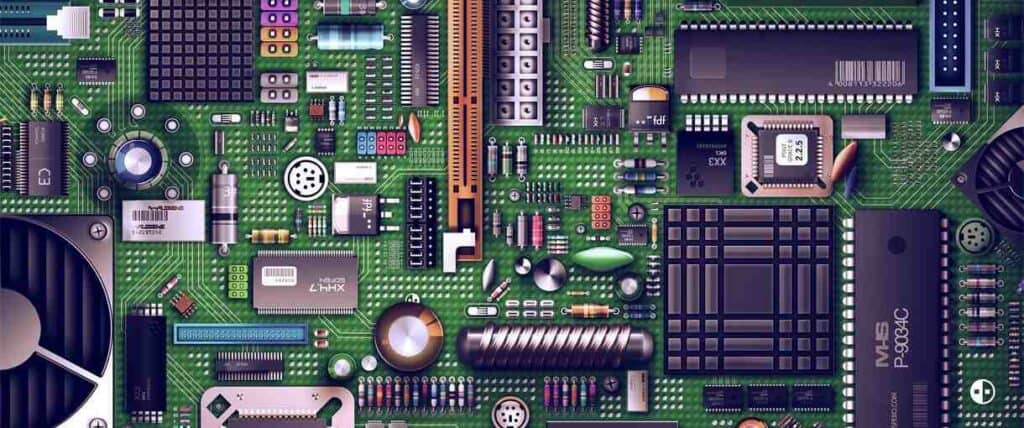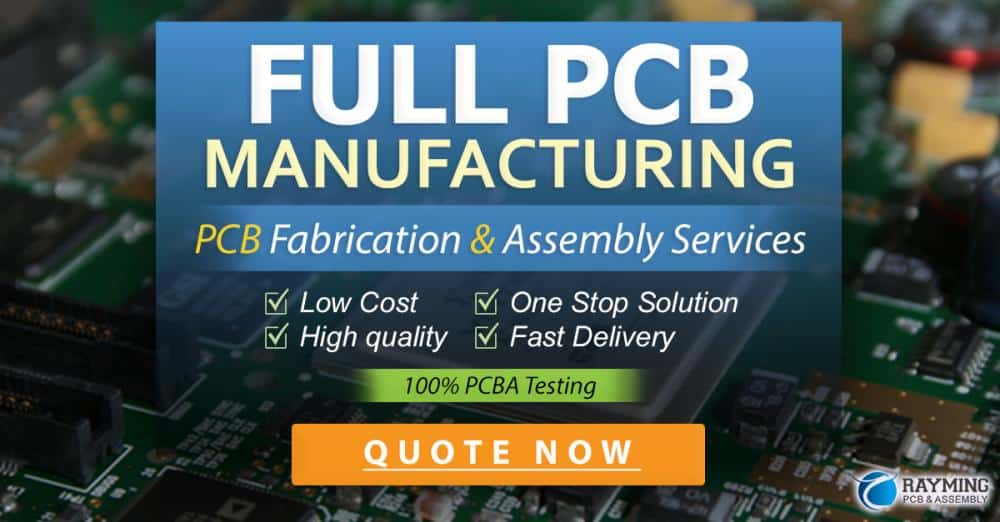Circuit card manufacturing is a complex process that involves the creation of printed circuit boards (PCBs) used in various electronic devices. PCBs are essential components of modern electronics, and they are used in everything from smartphones and computers to automobiles and medical equipment. The process of manufacturing these circuit cards involves several steps, including designing, prototyping, and testing.
The first step in circuit card manufacturing is designing the PCB. This involves creating a schematic diagram of the circuit board, which outlines the components and their connections. Once the schematic is complete, the design is transferred to a computer-aided design (CAD) program, where the layout of the board is created. The layout includes the placement of components, the routing of traces, and the location of holes for mounting the board. After the design is complete, a prototype is created, and the board is tested to ensure it meets the required specifications.
Overall, circuit card manufacturing is a crucial aspect of the electronics industry. The process requires a high level of precision and attention to detail to ensure that the boards function correctly. As technology continues to advance, the demand for smaller, faster, and more efficient PCBs will continue to grow, making circuit card manufacturing a vital part of the electronics supply chain
.
Overview of Circuit Card Manufacturing
What is Circuit Card Manufacturing?
Circuit card manufacturing is the process of creating printed circuit boards (PCBs) that contain electronic components and are used in various devices, such as computers, smartphones, and medical equipment. The manufacturing process involves designing the circuit layout, printing the design onto a board, etching the board to remove unwanted copper, and adding components to the board.
History of Circuit Card Manufacturing
The history of circuit card manufacturing dates back to the early 20th century when the first PCB was developed by Paul Eisler in 1936. However, it was not until the 1950s that PCBs became widely used in the electronics industry. Over time, the manufacturing process has become more advanced, allowing for smaller and more complex circuit designs.
Types of Circuit Cards
There are several types of circuit cards that are used in various applications. Some of the most common types include:
- Single-sided PCBs: These are the simplest type of circuit cards and contain components on one side of the board.
- Double-sided PCBs: These contain components on both sides of the board, allowing for more complex designs.
- Multi-layer PCBs: These contain multiple layers of copper and insulation, allowing for even more complex circuit designs.
- Flexible PCBs: These are made of flexible materials, allowing them to be bent or folded to fit into tight spaces.
In conclusion, circuit card manufacturing is a crucial process in the electronics industry that has evolved over time to meet the demands of modern technology.
Circuit Card Manufacturing Process
Circuit card manufacturing is a complex process that involves several stages. In this section, we will discuss each stage in detail.
Design
The first stage of circuit card manufacturing is the design stage. In this stage, the circuit board is designed using computer-aided design (CAD) software. The design includes the placement of components and the routing of traces.
Printing
Once the design is complete, the next stage is printing. The design is printed onto a special film called a photomask. The photomask is used to transfer the design onto the circuit board.
Etching
The third stage of circuit card manufacturing is etching. In this stage, the circuit board is coated with a layer of copper and then placed in a chemical bath. The chemical bath removes the copper from the areas that are not covered by the photomask, leaving behind the circuit traces.
Drilling
After etching, the circuit board is drilled to create holes for the components. The holes are drilled using a computer-controlled drilling machine.
Plating
The next stage is plating. In this stage, the circuit board is plated with a layer of metal, usually tin or gold. The plating helps to protect the circuit traces and provides a surface for attaching the components.

Solder Masking
After plating, the circuit board is coated with a layer of solder mask. The solder mask is a protective layer that covers the circuit traces and prevents solder from flowing where it shouldn’t.
Silkscreening
The circuit board is then silkscreened with component designators and other information. The silkscreening helps to identify the components and their locations on the board.
Testing
The final stage of circuit card manufacturing is testing. The circuit board is tested to ensure that it meets the required specifications. Testing includes checking for continuity, resistance, and capacitance.
In conclusion, circuit card manufacturing is a multi-stage process that requires precision and attention to detail. Each stage is critical to the success of the final product.
Quality Control in Circuit Card Manufacturing
Standards and Regulations
Quality control is a critical aspect of circuit card manufacturing. To ensure the highest level of quality, manufacturers must adhere to various standards and regulations. One such standard is the IPC-A-600, which outlines the acceptability of printed circuit boards. This standard covers several aspects, including surface-mount technology, plated-through holes, and component mounting.
Additionally, manufacturers must comply with regulations such as the Restriction of Hazardous Substances (RoHS) directive. This directive restricts the use of certain hazardous materials in the production of electronic equipment, including circuit cards.
Inspection and Testing
Inspection and testing are essential steps in quality control. Manufacturers must perform visual inspections to identify any defects, such as scratches, cracks, or misalignments. They must also conduct electrical testing to ensure that the circuit card meets the required specifications.
Various testing methods are available, including in-circuit testing, functional testing, and boundary scan testing. In-circuit testing involves testing the electrical performance of individual components on the circuit card. Functional testing, on the other hand, evaluates the overall functionality of the circuit card. Boundary scan testing is a non-intrusive method that tests the integrity of the connections between components.
Manufacturers must also perform environmental testing to ensure that the circuit card can withstand various conditions, such as temperature changes, humidity, and vibration.
In conclusion, quality control is an essential aspect of circuit card manufacturing. By adhering to standards and regulations and performing thorough inspections and testing, manufacturers can ensure that their products meet the highest level of quality.
Future of Circuit Card Manufacturing

Emerging Technologies
The future of circuit card manufacturing is promising, with emerging technologies that offer new possibilities for the industry. One of the most significant developments is the use of 3D printing technology, which enables the creation of intricate and complex designs with greater precision and accuracy. This technology also allows for faster prototyping and reduces the time and cost associated with traditional manufacturing methods.
Another exciting technology is the use of nanomaterials, which offer improved thermal and electrical conductivity, as well as increased durability and resistance to environmental factors. This technology has the potential to revolutionize the industry by enabling the creation of smaller and more powerful electronic devices.
Challenges
Despite the promising developments in technology, the circuit card manufacturing industry still faces several challenges. One of the biggest challenges is the increasing demand for environmentally friendly and sustainable manufacturing practices. The industry must find ways to reduce waste and energy consumption while still maintaining quality and efficiency.
Another challenge is the growing competition from low-cost manufacturers in developing countries. To remain competitive, the industry must continue to innovate and develop new technologies while also finding ways to reduce costs.
Opportunities
Despite the challenges, there are also many opportunities for the circuit card manufacturing industry. The increasing demand for smaller and more powerful electronic devices presents a significant opportunity for growth. Additionally, the growing trend towards automation and the use of artificial intelligence in manufacturing processes offers new possibilities for increased efficiency and productivity.
In conclusion, the future of circuit card manufacturing is bright, with emerging technologies and new opportunities for growth. However, the industry must also address the challenges it faces, such as sustainability and competition, to remain successful in the long term.
Comments are closed